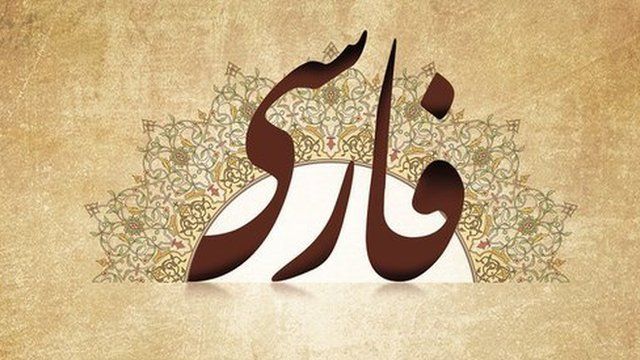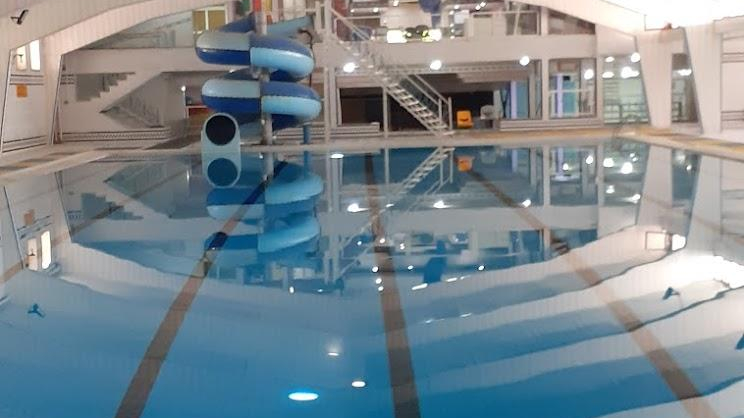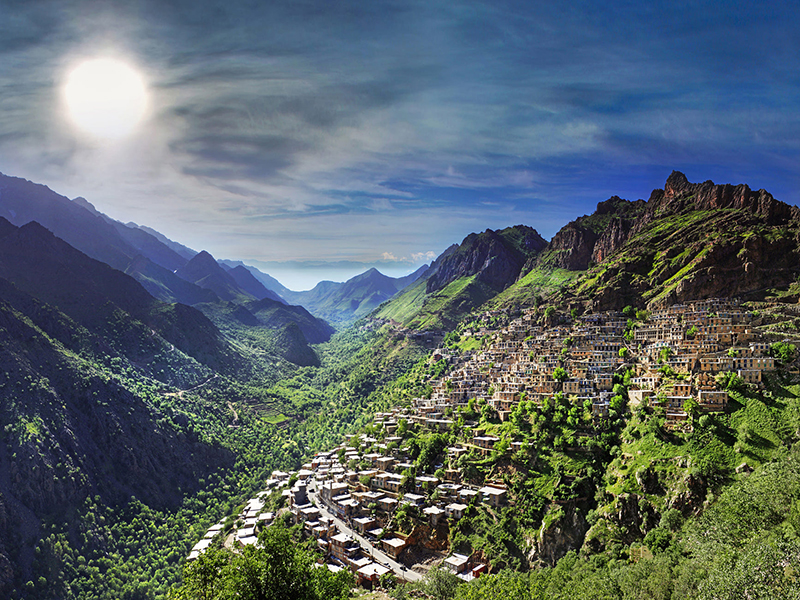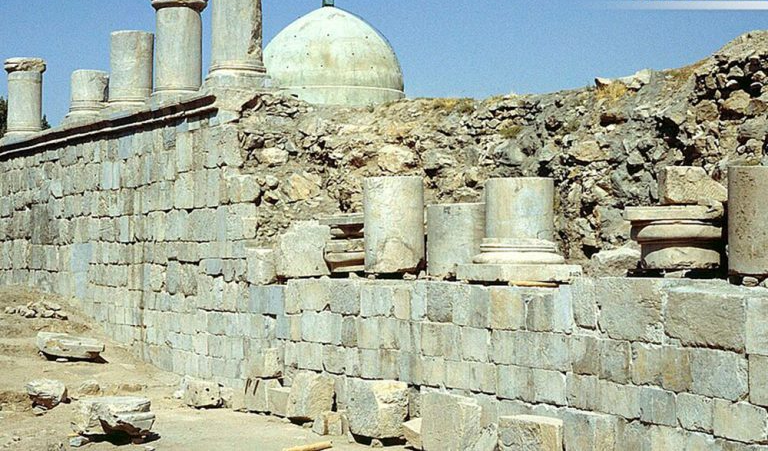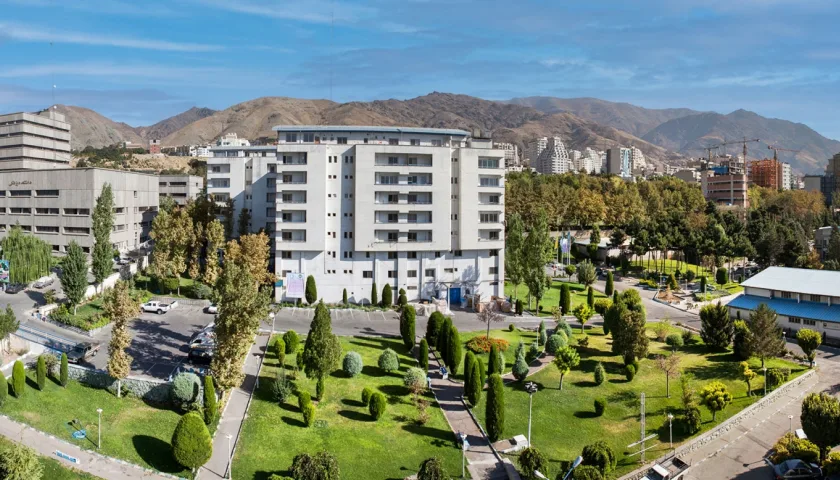Iran language : Iran’s Lesser-Known Languages Explored
The term “Iranian language” typically refers to the group of languages spoken in Iran. Iran is a diverse country with several ethnic groups, each having its own language or dialect. The primary and official language of Iran is Persian, also known as Farsi. Persian is an Indo-Iranian language and belongs to the larger Indo-European language family.
In addition to Persian, there are several other Iranian languages spoken by various ethnic groups in different regions of Iran. Some of these languages include:
Azerbaijani: Spoken in the northwest of Iran, primarily by the Azerbaijani ethnic group.
Kurdish: Spoken by the Kurdish population in western Iran.
Luri: Spoken by the Lur people in the southwestern part of the country.
Balochi: Spoken by the Baloch people in the southeast of Iran.
These languages contribute to the rich linguistic tapestry of Iran. It’s important to note that while Persian is the dominant language, linguistic diversity is a notable characteristic of the Iranian cultural landscape.
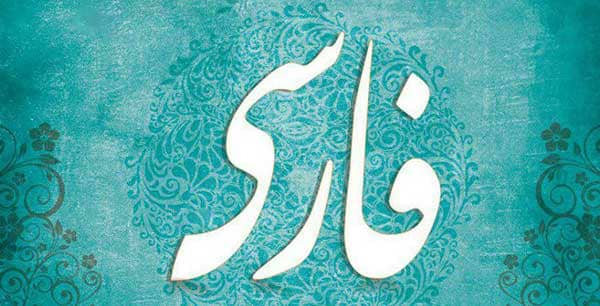
Persian (Farsi):
Dominance: Persian is the most widely spoken language in Iran and serves as the official language of the country.
Script: The Persian language is written in the Persian script, which is a variant of the Arabic script.
Azerbaijani:
Region: Azerbaijani is spoken in the northwest of Iran, mainly in the provinces bordering Azerbaijan.
Script: It is written using the Persian script.
Kurdish:
Region: Kurdish is spoken by the Kurdish population in western Iran, particularly in the Kurdistan Province.
Dialects: There are various Kurdish dialects, and the language has multiple branches.
Luri:
Region: Luri is spoken by the Lur people, primarily in the southwestern regions of Iran.
Dialects: There are different dialects within the Luri language.
Balochi:
Region: Balochi is spoken in the southeast of Iran, mainly in the Sistan and Baluchestan Province.
Script: It is written in both the Latin and Persian scripts.
Other Languages:
Armenian and Assyrian: In some regions of Iran, especially in Tehran and Isfahan, Armenian and Assyrian languages are spoken by their respective communities.
Iran’s linguistic diversity reflects its multicultural society, where various ethnic groups with distinct languages and traditions coexist. The coexistence of these languages contributes to the rich cultural heritage of Iran, and each language has its own unique history and significance within its respective community.
The language of the people of northern Iran
The northern regions of Iran are home to various languages spoken by different ethnic groups. One of the prominent languages in the northern part of Iran is Azerbaijani. Here are some key details about the Azerbaijani language:
Azerbaijani:
Region: Azerbaijani is primarily spoken in the northwest of Iran, particularly in the provinces bordering Azerbaijan, including East Azerbaijan, West Azerbaijan, Ardabil, and Zanjan.
Ethnic Group: The Azerbaijani language is associated with the Azerbaijani ethnic group, who are Turkic people. They share cultural and linguistic ties with the Republic of Azerbaijan, a neighboring country to the north of Iran.
Script: Azerbaijani is written using the Persian script, which is based on the Arabic script. However, efforts have been made to use the Latin script in some contexts.
Dialects: Azerbaijani has several dialects, and the language spoken in Iran may differ from that spoken in Azerbaijan. The Iranian Azerbaijani dialects have unique features and variations.
Cultural Significance: The Azerbaijani language and culture have contributed significantly to the cultural diversity of Iran. Azerbaijani literature, music, and traditions play a role in shaping the cultural landscape of the northern regions.
It’s worth noting that in addition to Azerbaijani, other languages and dialects may be spoken in different parts of northern Iran, depending on the specific ethnic composition of those areas. The linguistic diversity in this region reflects the multicultural nature of Iran.

The language of the people of southern Iran
Iran is a diverse country with several ethnic groups and languages. In the southern regions of Iran, particularly in the province of Fars, the predominant language is Persian. Persian, also known as Farsi, is an Indo-Iranian language and the official language of Iran. It is widely spoken and used in various domains, including government, education, and media.
Apart from Persian, there are also other languages spoken by ethnic minorities in different regions of Iran. In the southern province of Hormozgan, for example, Bandari is spoken by the Bandari people. Bandari is a dialect of Persian with unique linguistic characteristics influenced by the local culture and geography.
It’s important to note that while Persian is the dominant language in most parts of Iran, there are pockets where other languages and dialects are spoken, reflecting the rich cultural and linguistic diversity of the country.
What is the difference between dialect and language?
The distinction between a dialect and a language is not always straightforward, and it can be influenced by linguistic, cultural, social, and political factors. The terms “dialect” and “language” are often used imprecisely, and the classification of a linguistic variety as a dialect or a language can be subjective. Here are some general guidelines, though they are not universally applicable:
Mutual Intelligibility:
Dialects: Generally, dialects are considered variations of a language that are mutually intelligible. People speaking different dialects of a language can understand each other, although there may be differences in pronunciation, vocabulary, or grammar.
Languages: Languages, on the other hand, are often considered distinct if speakers of one cannot easily understand speakers of the other. Mutual intelligibility is a key factor in distinguishing languages.
Political and Cultural Factors:
Dialects: Political and cultural factors can play a role in labeling a linguistic variety as a dialect. Sometimes, varieties that are linguistically similar are classified as different dialects due to political or cultural considerations.
Languages: The classification of something as a language may be influenced by political or national identity. In some cases, what is considered a dialect in one country may be considered a separate language in another.
Status and Prestige:
Dialects: Dialects are often spoken in specific regions or communities and may have lower social and political prestige compared to the standard language.
Languages: Standard languages often have higher social status and are used in formal education, government, literature, and media.
Grammar and Vocabulary:
Dialects: Differences in grammar, vocabulary, and pronunciation may exist between dialects, but they are usually not significant enough to hinder communication.
Languages: Languages may have more profound differences in grammar and vocabulary, making communication more challenging for speakers of different languages.
It’s important to note that the distinction between dialect and language is not always clear-cut, and there are many cases where the classification is influenced by sociopolitical factors rather than linguistic ones. As a result, the terms are often used in a flexible and context-dependent manner.
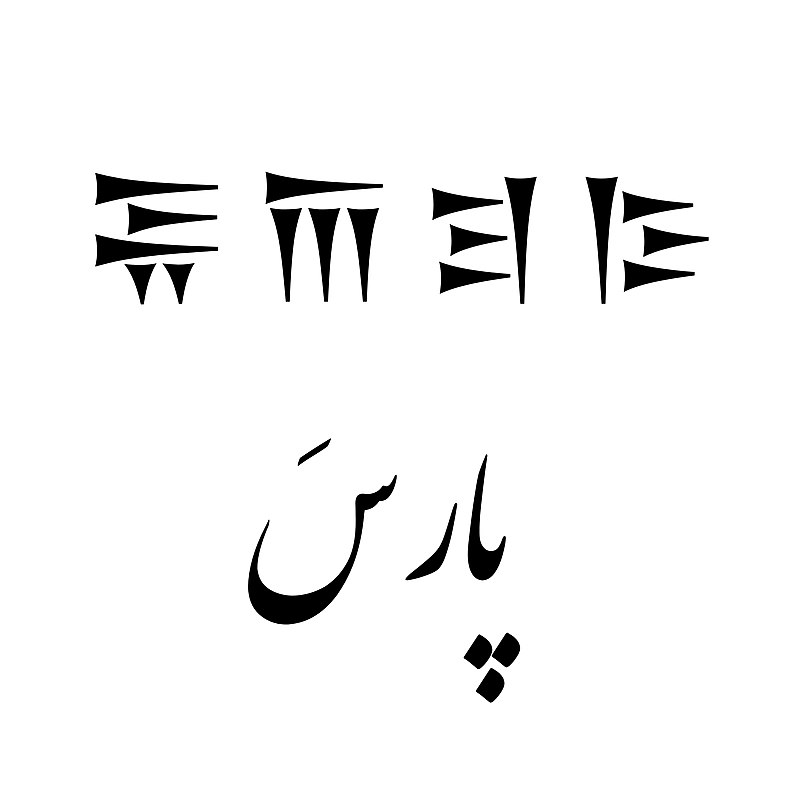
The antiquity and authenticity of the Persian language
I have presented the authenticity of the Persian language!
Persian has dedicated the widest spread to itself and is currently prevalent, especially in Iran, Afghanistan, and Tajikistan.
According to this report, contemporary Persian speakers can easily read and understand texts from the year 900 AD, a capability not present in the English language.
It is mentioned in this article that Iranians have been able to maintain the “sweetness and eloquence of Persian” despite centuries passing. Persian is widespread and has many supporters in the Middle East, the Caucasus, Afghanistan, and some countries in South Asia.
In Tajikistan, various dialects, including Bidebiri, Yezghalami, Shughni, Wakhi, and Ishkashimi, are spoken.
Languages such as Tamil, Lithuanian, Irish, Icelandic, Macedonian, and Georgian are also mentioned as ancient languages.

